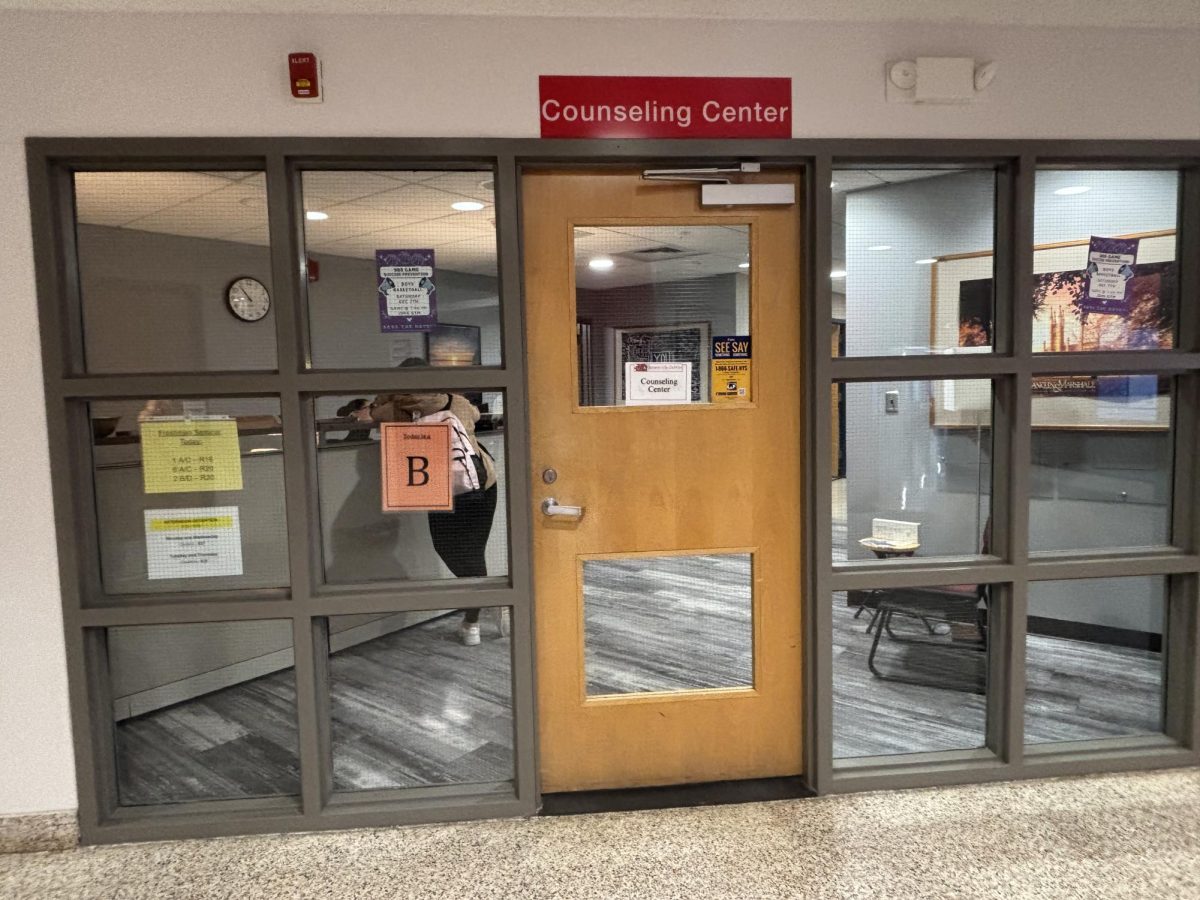In the J-D 2021-2022 Budget Newsletter, the purchase of a new ELA resource was announced, but details were not shared. It also featured other budget-related information, such as a plan to spend money on an initiative in collaboration with the Metro Center.
The newsletter states that J-D will be “purchasing a new grades K-6 English language arts program, including hiring additional staff to be trained in the new program so they can support existing staff in its implementation.”
The resource is called Into Reading. According to Assistant Superintendent for Curriculum, Instruction, and Equity Nate Franz, “It is more comprehensive (e.g. resources, guidance, standards/skills) than what we currently use at the K-6 level.” Franz also stated, “We have no plans of expanding above grade 6.”
According to Franz, “The program provides units of study for the ELA instructional block. This includes teacher guides, student materials and resources, tasks, and assessments for foundational skills, reading comprehension, and writing. This will improve the educational experience for students by having a coherent scope and sequence of learning.”
Franz also commented on several key aspects of the implementation of this new curriculum. “All K-6 teachers will be trained and provided with opportunities to collaboratively plan. I believe the last time we made a similar investment was 2003. [Switching to this new curriculum] was a priority identified by stakeholders during the strategic planning process. The state is also transitioning to new ELA standards over the next few years which is also a motivating factor. [This curriculum will not immediately impact students above grade six], but hopefully students will enter seventh grade with an even stronger foundation in reading, writing, and thinking.”
According to Houghton Mifflin Harcourt (HMH), the organization that created Into Reading, “Children are born with a love of learning. When we give them high-quality books that intrigue and challenge, we empower them to pursue their natural curiosity and discover their interests. As students build a strong foundation in reading, writing, listening, and speaking skills, they develop a confidence in themselves that ensures lifelong learners emerge. HMH Into Reading™ is differentiated by design to offer a balanced approach to literacy instruction, support teachers in developing a culture of learning and growth, and help all learners believe in the power of ‘I can.’”
Expounding further, HMH says, “We met with teachers across the nation to understand their real needs. What we learned informed this program—right down to the smallest detail. From embedded growth mindset strategies to a fully leveled library of Rigby® Readers, HMH Into Reading supports teachers in transitioning students beyond explicit instruction and into self-actualized learning.”
But there are plenty of curriculums to choose from, and several companies pitched their own to J-D’s teacher committee. Tecumseh Elementary teacher John Hunter gave his input on the new curriculum. “There are three elementary buildings, and as much as we try to stay together and be very similar across the board, inevitably just because you’re not in the same place as those other teachers, we can kind of drift in some areas. Some buildings might be a little stronger in one area, another might be stronger in another area of reading instruction. It’s just hard to constantly communicate. What I think this program will do is put us all on the same page—we’ll have the same materials, same teacher guides, the same training. In particular, I think that—I think it started at Jamesville Elementary—they were very big into something called phonemic awareness, where kids are at a very early age talking about sounds. Breaking up words into sounds, and having kids manipulate the sounds without even knowing what the letters are. There’s a heavy component of that, and many of us have done some training recently on phonemic awareness. There’s something called LETRS that we did some online training on. With Jamesville eating away and us seeing what they’re doing, the train is kind of rolling now. This new program, Into Reading, does have a really nice program of phonemic awareness, especially for our younger kids. This will be a really big change and a change in the right direction. We’ve been doing a lot of things well at J-D—our test scores are very good—but I think it’s going to be just a more concentrated and concerted effort to be unified. If a student were to be at Jamesville, or Moses, or Tecumseh, you really should be seeing pretty much the same thing, whereas before we were doing things a little bit differently.”
Hunter says his feedback as a teacher was taken into consideration by the school administration as well. “I was one of many teachers who was on a committee during the spring to look at a variety of programs. Each time we looked at one, representatives from the company came and talked to us. They made their sales pitch on why they thought they had the best program. We were able to look at materials, talk about it, and rate each one and give the feedback to the administration. It’s encouraging. By no means is it perfect—there’s no perfect program—but it’s the one that we all found manageable. There’s almost too much to it—we can’t do everything that’s in the program—they’re selling it across the nation, and there are different needs in different communities. It covers a lot of bases and we can’t possibly do everything in it, but it had a lot of quality aspects that we felt really good about. It felt like a unanimous decision, and none of walked away feeling like ‘this is not the one.’”
Hunter acknowledges the work teachers will have to put in to implement this program and make this transition, but he believes it is worth it. “I’ve been teaching for a very long time, and I think one of the great aspects of working at J-D is that teachers are supported by the administration, and we are trusted. The first year is always hard. We started math modules—I can’t remember how long ago—and they were a bear to implement. It was very difficult because you had to read from a manual, you had all these different materials. It was challenging. But as we got comfortable with it and we were trusted—you know what you’re doing, you can then tweak it to make it your own, as long as you are making the point of the lesson—now when I teach a math module, I’ve done it so many times that I don’t have to look at the manual. I think we’ll get there with this reading stuff. I’ve heard enough times from higher-ups that they’re going to take it slow and support us, and those are encouraging words to hear.”
Teachers seem quite pleased overall with the Into Reading curriculum. After receiving teacher input on the curriculum and its implementation, it seems that teachers are excited to begin teaching the curriculum and are well-prepared after a summer of instruction.





































